2022 Final Results
Birds Bring Us Together

Each year we stand in awe of how the world turns out to share their enjoyment of birds. People from 192 countries report approximately 3/4 of the world’s known species—this is remarkable. Our thanks extend to each and every bird enthusiast around the world who shared Merlin Bird ID(s), eBird checklist(s), or photos, sounds, or videos from February 18-21, 2022. Enjoy this summary from the four-day event.
In a snapshot:
- 7,099 species of birds identified
- 192 participating countries
- 359,479 eBird checklists
- 298,208 Merlin Bird IDs
- 141,990 photos added to Macaulay Library
- 384,641 estimated global participants
Numbers may change slightly as final checklists are added and validated by our reviewers. Data reflect totals through March 10, 2022.
Participation Is Strong

During GBBC 2021 various countries experienced different levels of lockdown due to the global pandemic. This resulted in more people turning towards birds and birdwatching for relaxation and enjoyment. We were uncertain what participation would look like in 2022 as lockdown restrictions were lifted in many places. We were pleasantly surprised. While the number of eBird checklists and Merlin Bird IDs were down from 2021, participation increased. This is likely due to people returning to birding in large groups. Or, perhaps, people who enjoyed their experience last year encouraged more of their family, friends, and community to get involved.
Global Growth in Regions
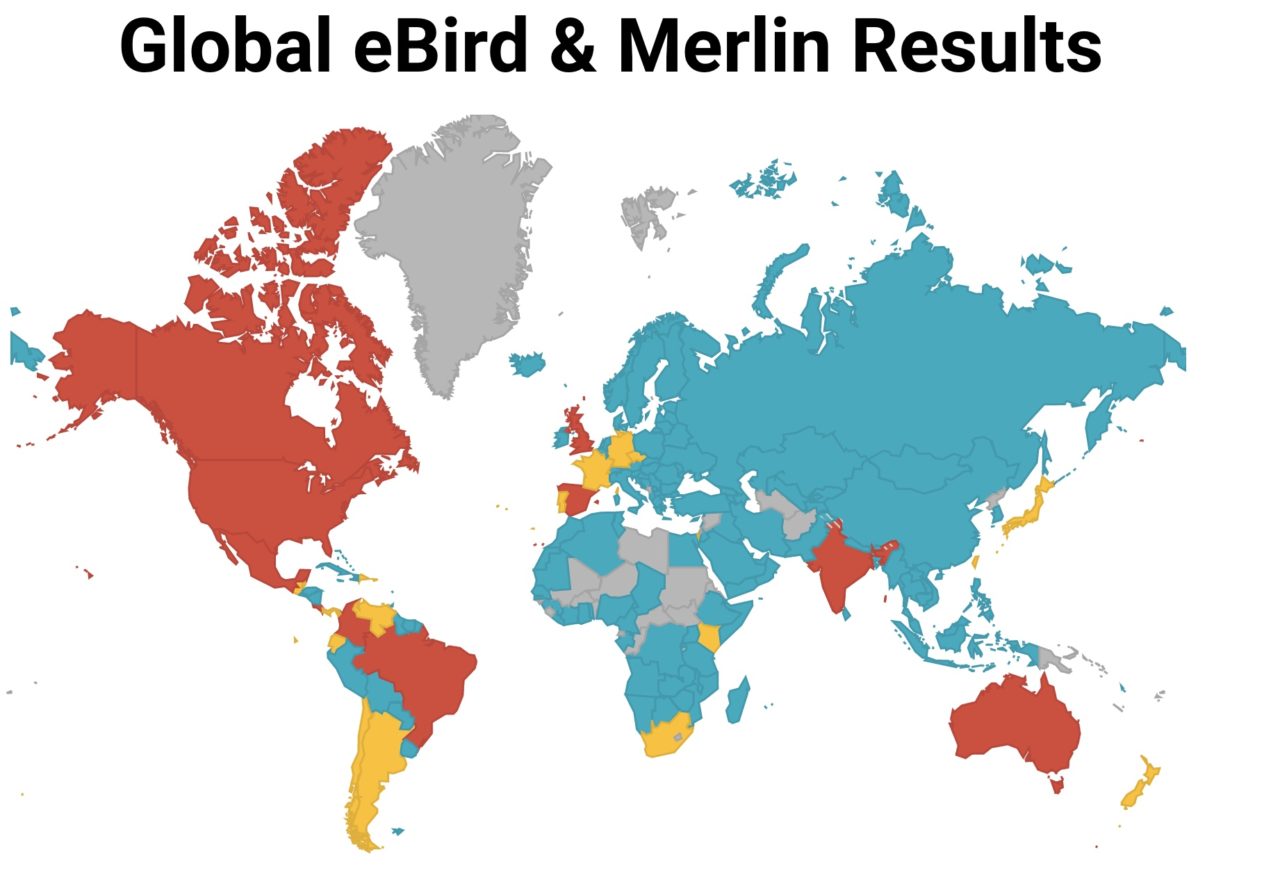
People submitted data from 192 countries. Orange countries were where people submitted the most data followed by the yellow and blue countries. Grey countries were where no people submitted data. To see participation by country, click on the image.
With Covid restrictions easing in many places we saw participation from more countries, but we recorded a decline in the total number of checklists submitted in regions with the most participation, such as the United States and Canada. That said, India reported a record numbers of checklists: 42,830. That’s a 28% increase from 2021! Well-deserved recognition goes to Panchayat Union Middle School, in Tamil Nadu, India where middle school students submitted 4,316 eBird checklists and reported 90 species. What an incredible community accomplishment!
There was also an increase in participation from Brazil, with 1,921 checklists, likely due to our developing collaboration with SaveBrasil. Several other countries also had an increase in the number of checklists such as Mexico, Australia, Colombia, Chile, Costa Rica, Spain, Ecuador, Ireland, and many more! Click around on the global map to see how numbers have changed over the years.
Top Three Countries by the Numbers
The United States had the highest number of checklists with an impressive 234,131. California had the most checklists with 20,191. New York, Texas, and Florida were not too far behind with respectable numbers of checklists in the 13,000-14,000 range. California and Texas also dominated the numbers of species reported in their warmer climates with 380 and 371 species sighted, respectively.
India had an impressive year, landing them in the second spot for total number of eBird submissions: 42,830. The state of West Bengal had the most species reported at 486, while the state of Tamil Nadu had the most checklists, 10,735. The most impressive growth was seen in Rajasthan and Gujarat where the number of checklists grew by 600% and 300%, respectively! Kerala, Karnataka, and Maharashtra also so saw increases in the number of checklists. Overall, India delivered incredible numbers this year.
Canada had the third highest number of checklists with 33,797. eBird and Merlin submissions together in Canada equaled more than 57,000 submissions. The province of Ontario delivered an impressive 15,177 checklists with British Columbia a respectable 5,981 checklists. British Columbia had the most species reported at 200, but not too far behind were Ontario (154) and Nova Scotia (133). Quebec had a special rare sighting of a Brambling, which is native to Scandinavia and Russia.
Click above to see more detailed results by Country, State, Province, and Territory.
Searching Local Results

While the global engagement is impressive, it is fun to take a deeper dive into what local sightings reveal. Use this step-by-step guide to search your area for local submissions and bird sightings. How many birds were spotted in your region? Are the birds in your neighborhood well represented? Use the local search tools to answer these questions and more.
Species Diversity and Photos Submissions
Several countries produced big numbers of bird sightings this year. Colombia delivered and beat their total number of birds spotted from last year (1,167) by almost 100 birds—1,240 bird sightings in 2022. Ecuador, whose checklists and Merlin ID sightings doubled this year, had an impressive 1,039 birds identified. India was a close third with 1,022 birds sighted, 62 more species than the 960 reported species last year.

In general, Latin America delivered huge numbers with Brazil reporting 968 birds, followed by Peru, Mexico, and Costa Rica all reporting 700+ species during the count weekend.
Photo submissions remained high. Gorgeous images from around the world were submitted over the count weekend, totaling more than 140,000 submissions in 4 days.
Flock Highlights and a Rare Winter Sighting

Documentation of large flocks is always heartening and fascinating to witness. More than 300,000 Snow Geese turned-up in Missouri during the GBBC. These birds create spectacular blankets of white in either the sky or over wetlands as they migrate across North America.
Another impressive sighting was the more than 30,000 Sooty Shearwaters reported off the coast of Chile. These birds can be found all over the world and are likely beginning one of their annual migrations from their breeding territories in the Southern Hemisphere to their winter range in the Northern Hemisphere.
Common Redpoll counts were high around Canada in Alberta and Manitoba. With Saskatchewan birdwatchers delighted in large flocks of Bohemian Waxwings—one flock reported near Saskatoon contained 3,000 birds!

A surprise sighting of the Steller’s Sea-Eagle was a rare treat this year for Maine residents. This large, distinctly marked raptor is a regular resident of coastal regions in Japan, North and South Korea, Mongolia and parts of Russia during breeding season. Far from its usual range, this beauty was spotted in Maine being chased by an immature Bald Eagle. What a stunning find! This may be the same bird that has been sighted for many months wandering North America—even as far away as Texas!
We invite you to explore our graphs and data to see more of the incredible contributions that you made as global citizens committed to understanding and preserving bird populations.
Gallery of GBBC 2022 Images from Around the World






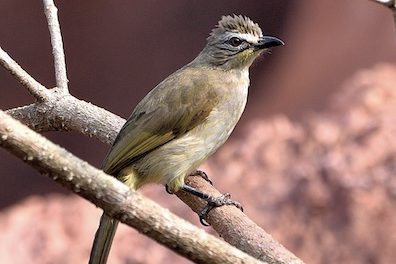




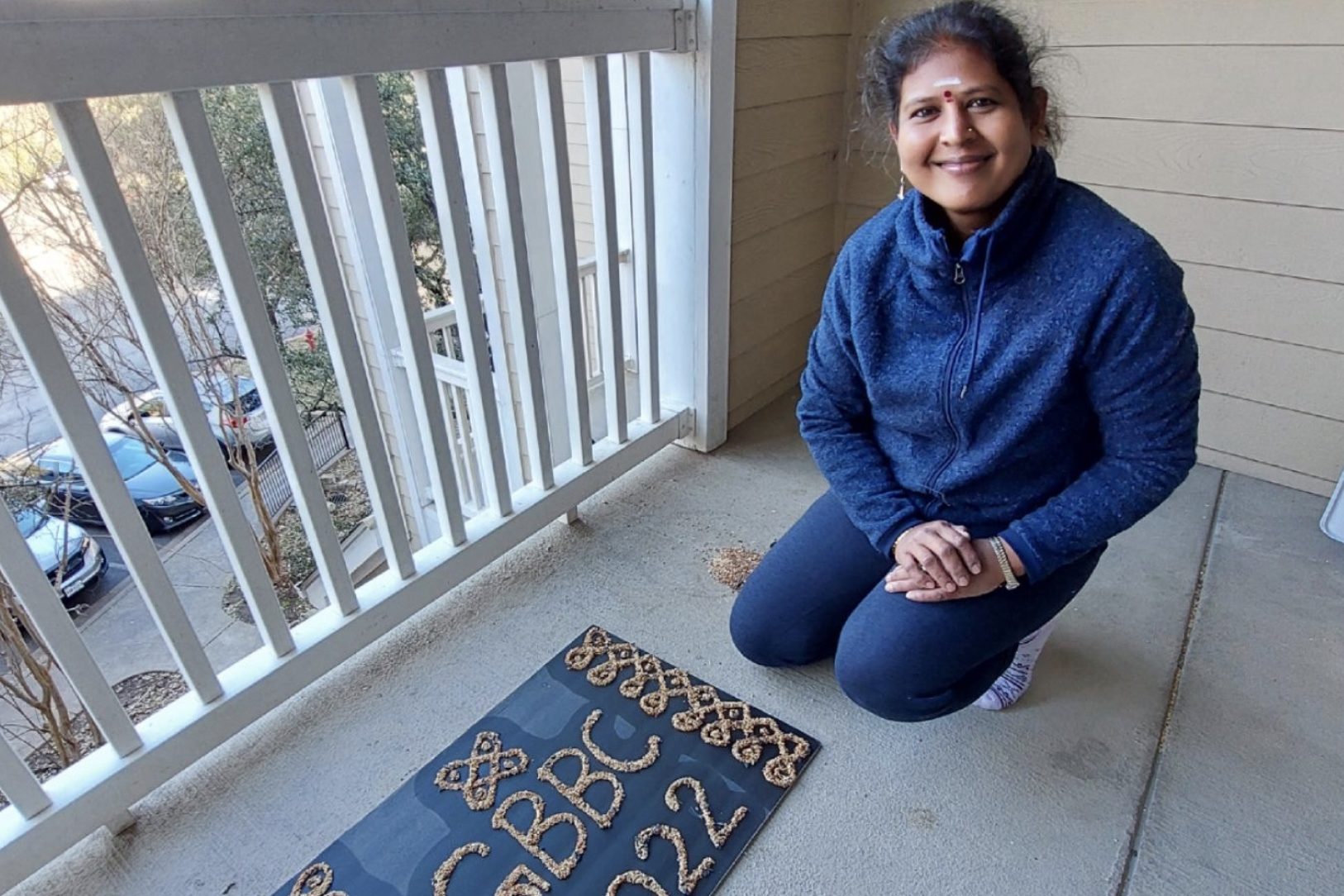





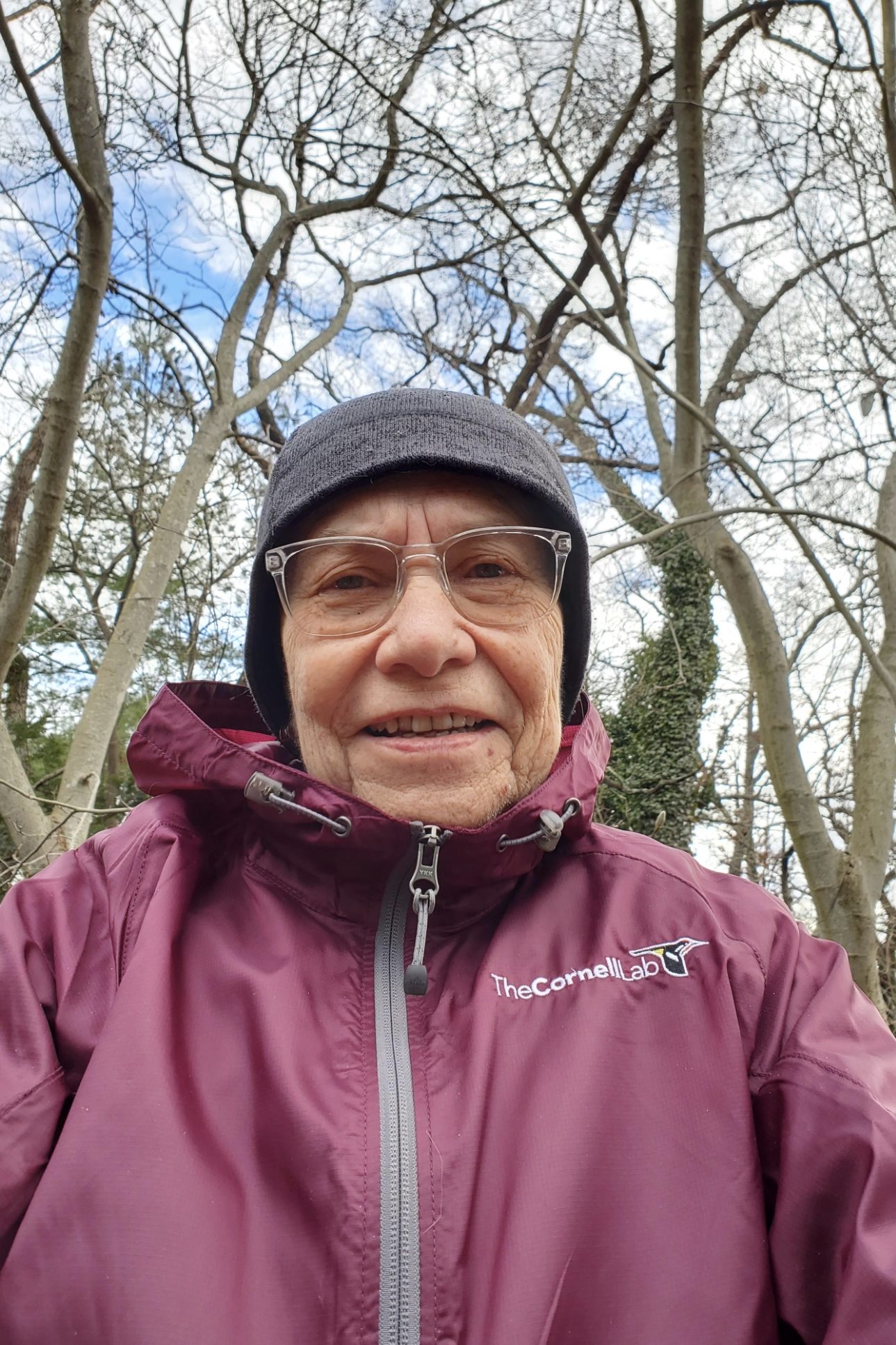






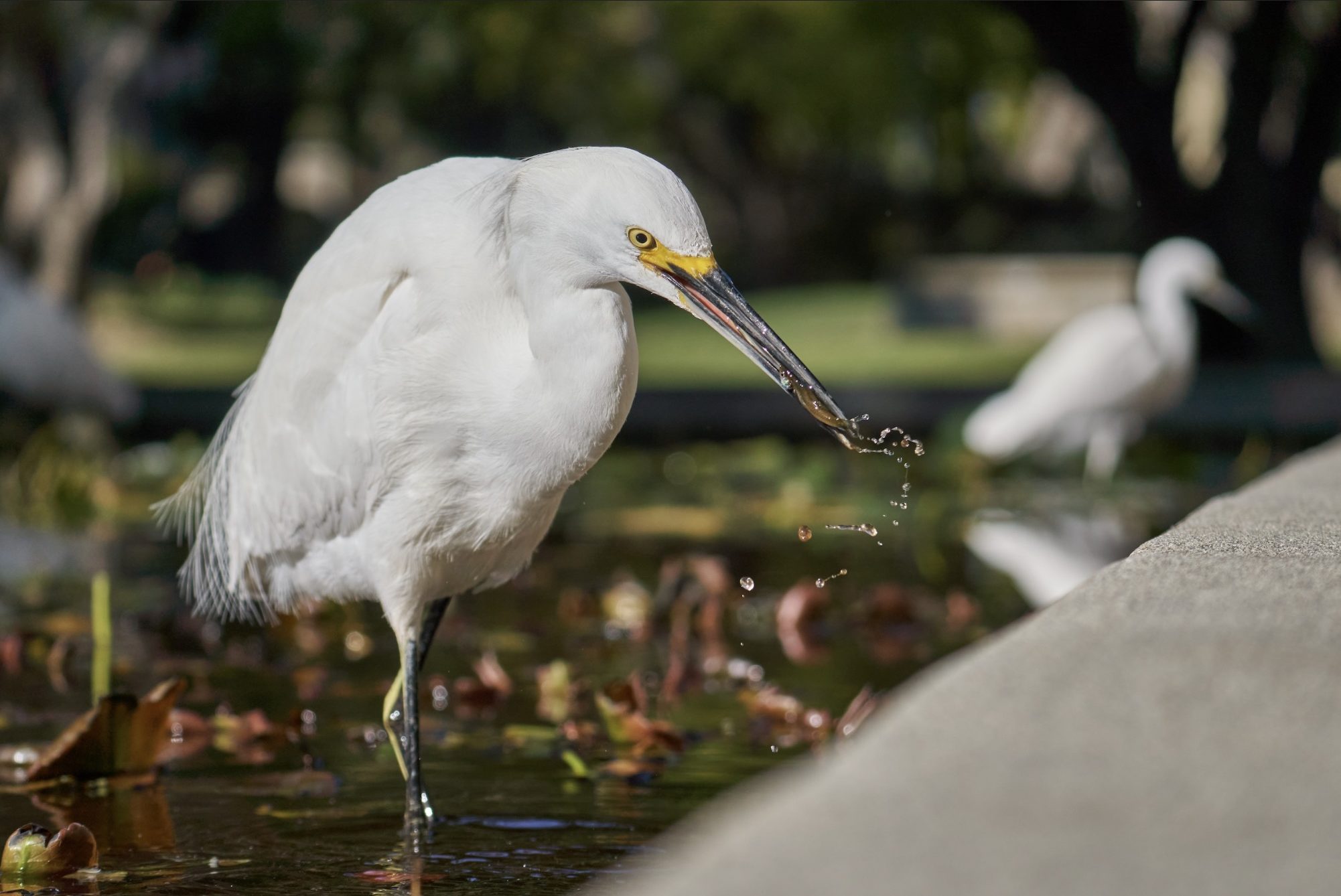









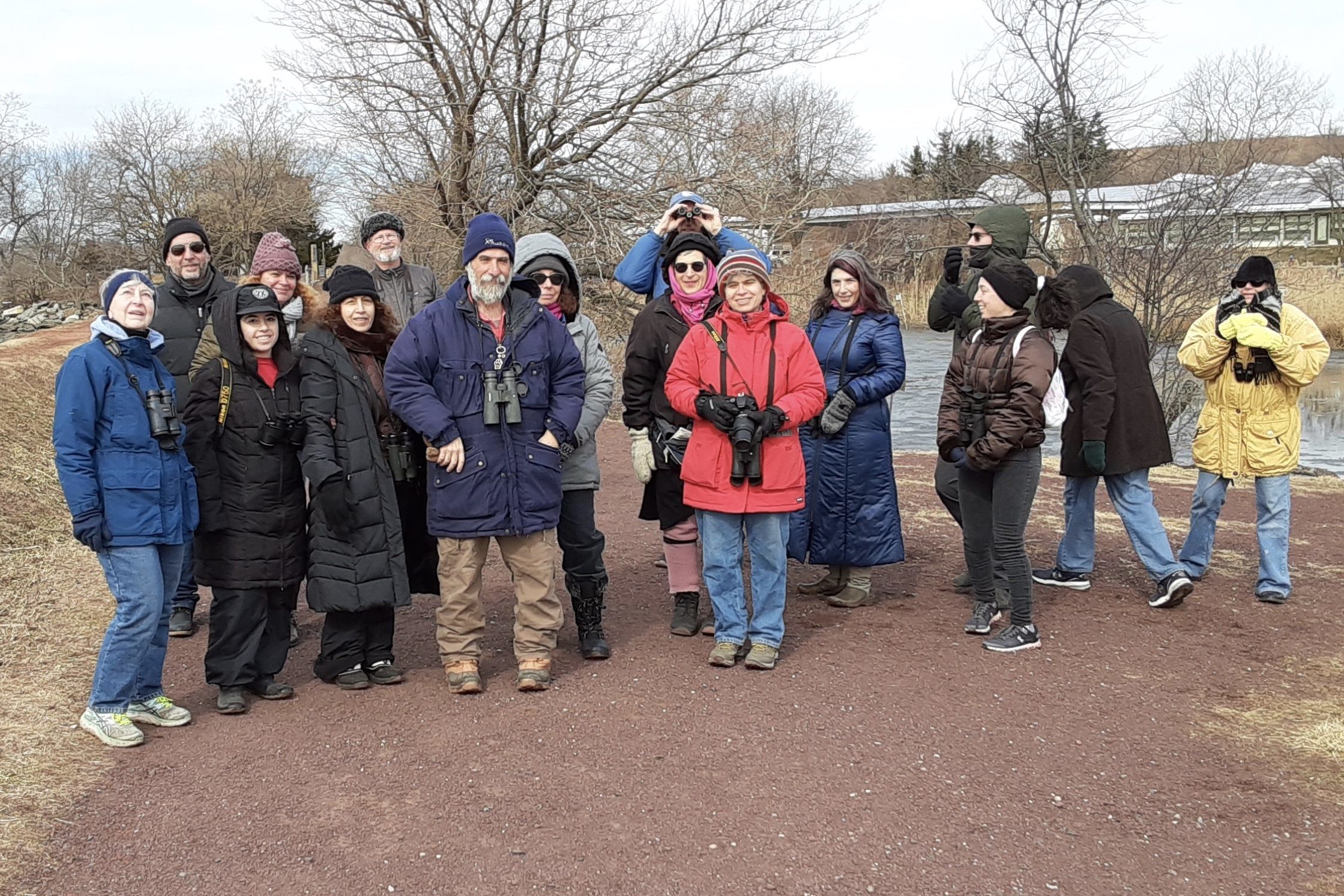












Next GBBC is February 17-20, 2023.
Thank you for another incredible year of birds!
Stay connected to the Great Backyard Bird Count.
By subscribing to stay connected to the Great Backyard Bird Count, you agree to receive communications from The Cornell Lab, Audubon, and Birds Canada. You may unsubscribe from any of the organizations' communications at any time.
